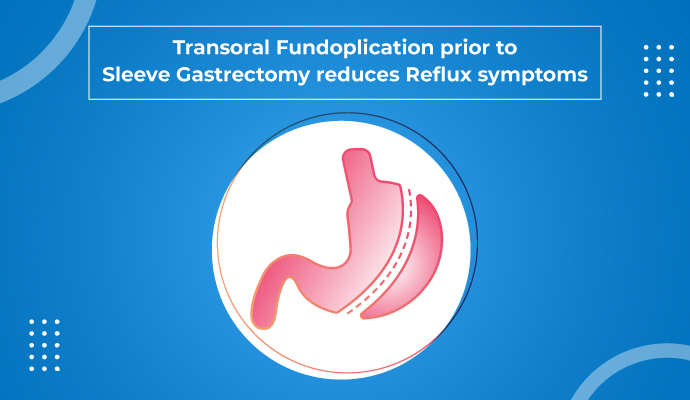
Sleep apnea and how it is associated with Obesity
Sleep apnea refers to a condition in which
58,978 total views, 101 views today
Home » Endoscopic Sleeve Gastroplasty Results in Significant Weight Loss in Obese Patients
The findings of a recent study, published in Lancet, suggest that endoscopic sleeve gastroplasty (ESG) is a safe and effective intervention for managing weight loss in obese patients.
This study was a randomized trial, conducted at nine US centers, that included 209 participants between 21 and 65 years of age. Each participant was randomly assigned to either an ESG group or lifestyle modifications (control group) between Dec 20, 2017, and June 14, 2019. Lifestyle modifications included a diet based on low calories and physical activities.
The results showed that at 52 weeks, participants in the ESG group had an improved result pertaining to one or more comorbidities in comparison with the control group.
Thus, ESG shows important improvements in metabolic comorbidities and can be considered as a significant weight loss intervention for obese patients.
Reference:
Abu Dayyeh BK, Bazerbachi F, Vargas EJ, Sharaiha RZ, Thompson CC, Thaemert BC, Teixeira AF, Chapman CG, Kumbhari V, Ujiki MB, Ahrens J, Day C; MERIT Study Group, Galvao Neto M, Zundel N, Wilson EB. Endoscopic sleeve gastroplasty for treatment of class 1 and 2 obesity (MERIT): a prospective, multicentre, randomised trial. Lancet. 2022 Aug 6;400(10350):441-451.
Source link:

Sleep apnea refers to a condition in which
58,978 total views, 101 views today

Since the beginning of 20th century, the overall
58,955 total views, 101 views today

New year is the time for new beginnings.
59,655 total views, 101 views today

Weight loss can be tricky business, as it
59,526 total views, 101 views today

According to a recent study, weight loss through
60,425 total views, 101 views today

According to a recent study, preoperative very low
60,426 total views, 101 views today

A recent study conducted on GERD (Gastroesophageal Reflux
60,430 total views, 101 views today

A recent study done to examine the long-term
59,309 total views, 98 views today

Overweight and obesity is a major health concern
29,577 total views, 65 views today

A recent study published in the Journal of
28,767 total views, 65 views today

The findings from a recent study, published in
29,008 total views, 65 views today

Dietary modifications, along with regular exercise, play an
11,936 total views, 18 views today
